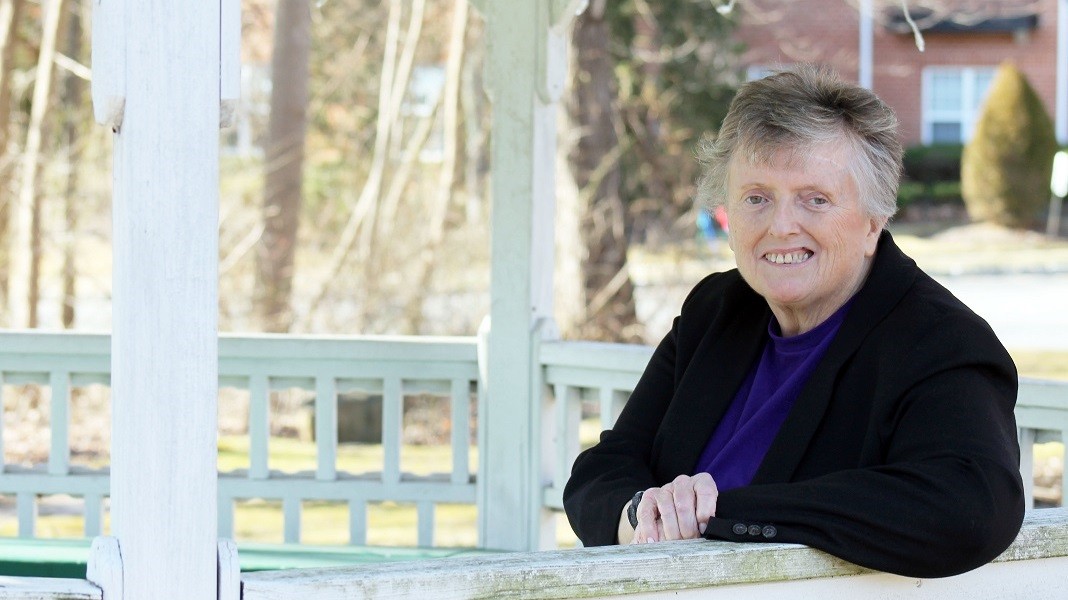Ronetta Stokes was several days into a severe and debilitating migraine attack when her migraine specialist recommended she go to the emergency department for treatment. By the time she arrived at the hospital near her Connecticut home, her symptoms were so intense that she could barely walk or speak. Ronetta, who is black, was eventually taken to an exam room and seen by an emergency-room physician, who was white. After a brief examination he told her: “I’m not giving you any drugs.”
Ronetta believes the physician made an assumption based on her appearance. And her race. “I had my hair pulled back, I was in sweatpants, my eyes were half closed,” she recalls. Ronetta tried to convey that she was there on her doctor’s orders and that she was experiencing a migraine attack, not fueling a drug addiction. She was sent home with an over-the-counter antihistamine.
Unfortunately, it wasn’t the first – or last – time Ronetta experienced dismissive care when seeking help for her migraine disease. And she knows that her white friends rarely have similar experiences. In fact, research shows that in comparison to white counterparts, black patients are more likely to have their migraine symptoms underdiagnosed and/or undertreated, and less likely to be prescribed migraine medication.¹, ²
Rather than being defeated by that reality, Ronetta is using her experience to combat disparities in migraine care. She has become a vocal migraine advocate to help healthcare providers understand the unconscious bias that may be influencing their treatment of some patients. She also shares her story with hopes that women of color will see themselves in it. She wants them to understand that they don’t have to power through the pain; they have a disease that requires medical care, and they deserve to be treated with respect and compassion.




